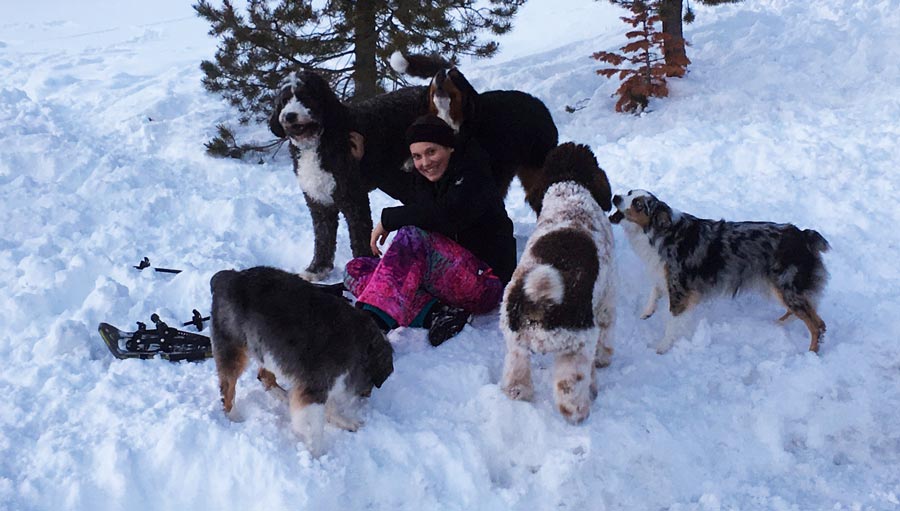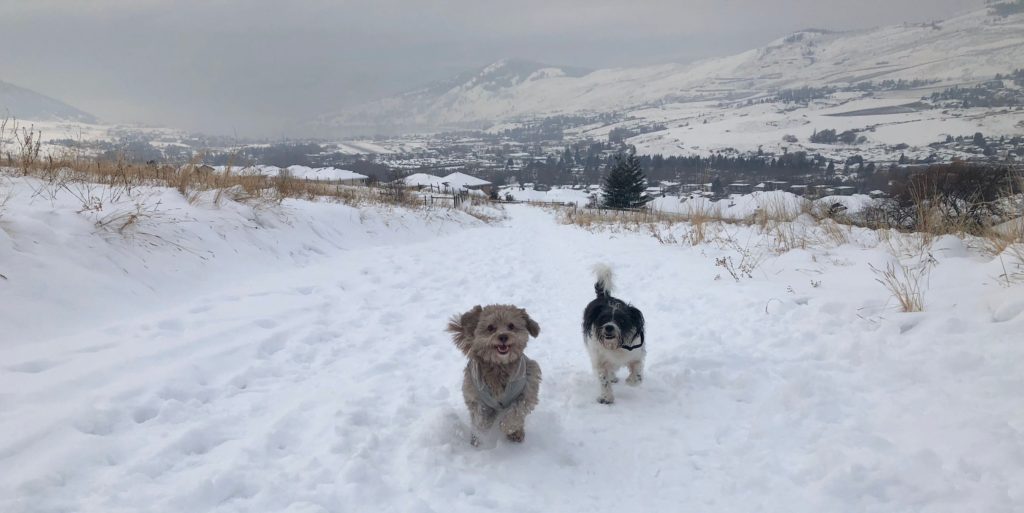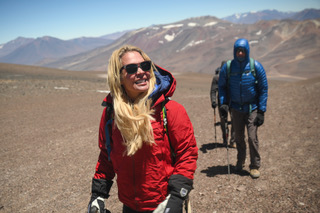In the first part we focused on what some might mention is common sense, but while we venture out we often forget simple things and continues with what is required when it comes to keeping our “furry friends” warm should we choose to take them on our jaunts.
Enjoy the read:
Clothing and Feet
Some dogs with very short hair will get chilly in the cold weather.
Short-haired dogs may appreciate a jacket while they are out, but not all dogs require one and short periods in cold weather can help determine your specific dog’s requirements.
Dogs can also be sensitive on their feet or get snowballs in the fur between their toes.
If this occurs, you can buy boots from most pet stores, but you’ll want to make sure the boots aren’t on too tight and grip on the bottom.
It’s recommended to test a jacket and boots on short trips in the park or around the block first. Testing them helps ensure they are the right fit, and no snowballs are developing under the jacket or within the boots.
For safety reasons, it can be beneficial to put a bell on your dog’s collar, so it is easier to find them.
Bear bells or collar bells can be found in outdoor stores or pet stores as these may also deter wildlife if you’re worried about altercations.

Deep Snow or Trails
dog far away in snow (Grizzy)Dogs with longer legs can do well in deep snow, but it is certainly more manageable with a bit of snowpack on the trail.
In wet snow, you will need to be mindful. As mentioned above, dogs with very soft coats can experience snowballs. Snowballs are where the snow can ball up and become a hindrance.
Clipping the hair shorter or putting boots with grip on the bottom can help prevent snowballs in the fur.
For the first time snowshoeing with your pet, Dr. James says, “[Go] a shorter trip to see if your dog likes the snow and see how they recover after. It is normal for them to be tired after, but you don’t want them to be sore. Just as with a human, you’d want to know you feel fine doing a day trip before you committed to a multi-day trip.”
Nutrition and Hydration
Dry dog food packs well as it is lighter than wet food. You’ll want to encourage your dog to eat regularly, as they will need the energy.
Treats can be helpful as well to encourage eating or focus your dog’s attention away from hazards like wildlife that they may want to chase.
Water is vital to pack! Your pet will need more water to make up with the losses associated with the high level of exercise.
The beauty of snow is that your pet can drink if thirsty. However, you’ll still want to stop regularly to ensure your dog stays hydrated.
Pet-Friendly Trails/Routes
It’s recommended to look up snowshoe trails in your region for pet-friendly policies.
James notes, “You will want to make sure that the trail is dog-friendly and whether they need to be on a leash or not.” Leashing will be mandatory in some areas where you would go snowshoeing, so it is best to look for any posted rules.
James continues, “I prefer dogs to be on a leash if they are prone to running off as it is likely you’ll see wildlife out on the trail.
If their recall is good and you can be certain they’ll come when called a good run through the snow is a great workout for a dog.”
Also, if you are going for a multi-day trip and staying in cabins, do your research for a pet-friendly cabin.
Overall
Taking your pet snowshoeing with you can provide health benefits as well as companionship for you and your pet.
Just remember to follow the tips above for a fun and safe outing, because as Dr. James mentions, “Dogs are great companions for snowshoeing as it is great exercise and they are adorable for snowy photo opportunities.
She adds, “When it comes to snowshoeing with your cat, a cat is a great companion for laying on your lap when you get back from your trek.”
Reprint with Permission from Snowshoe Magazine









